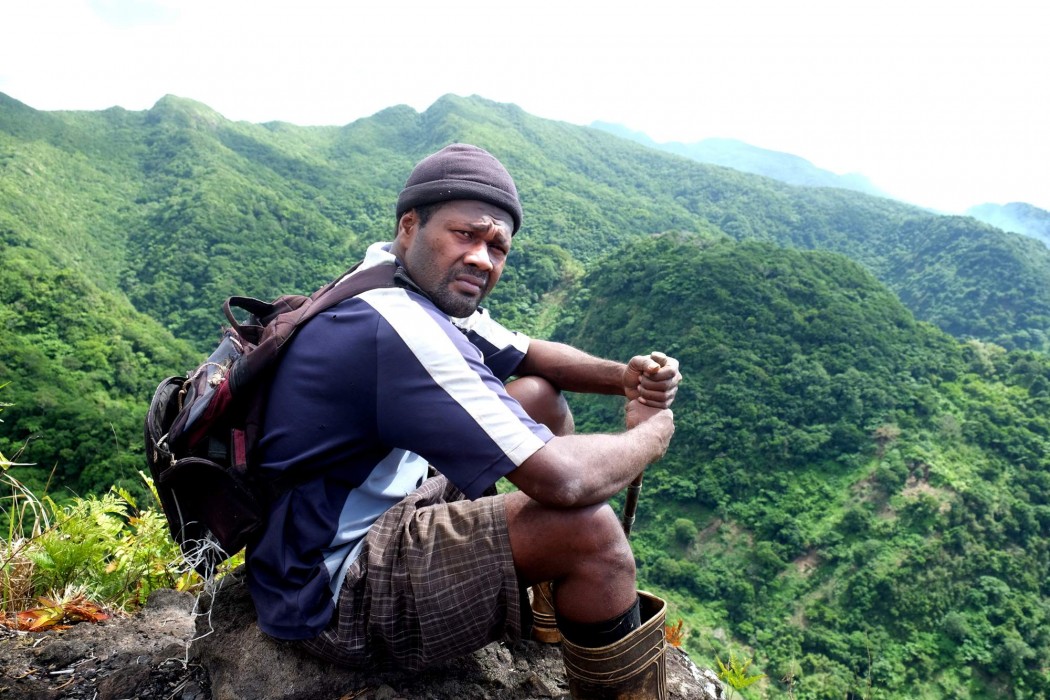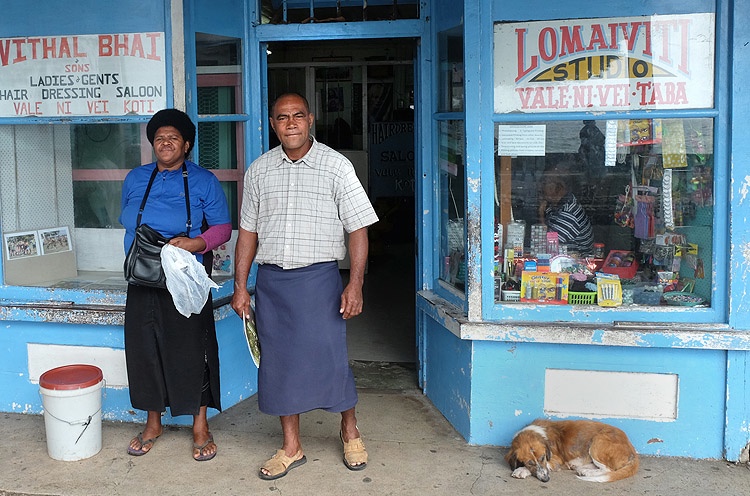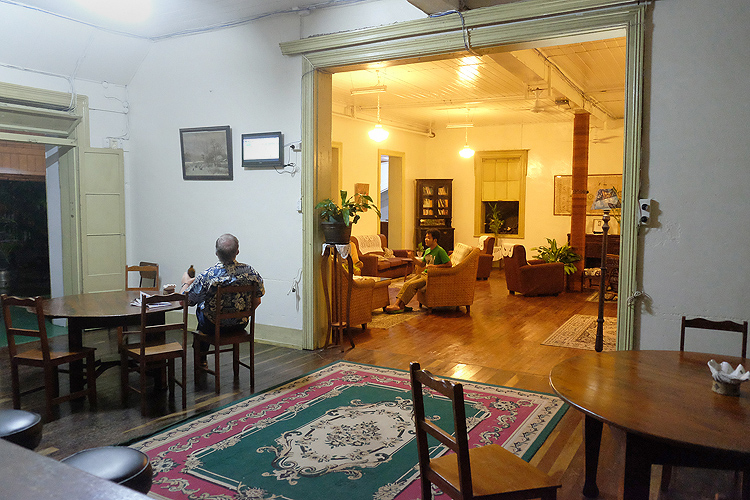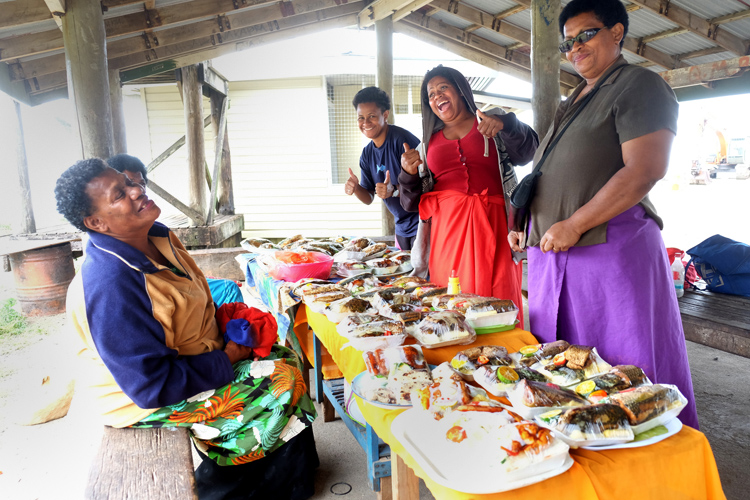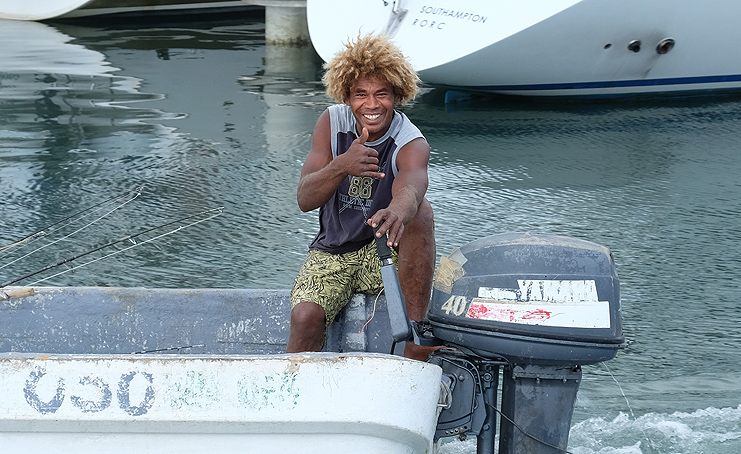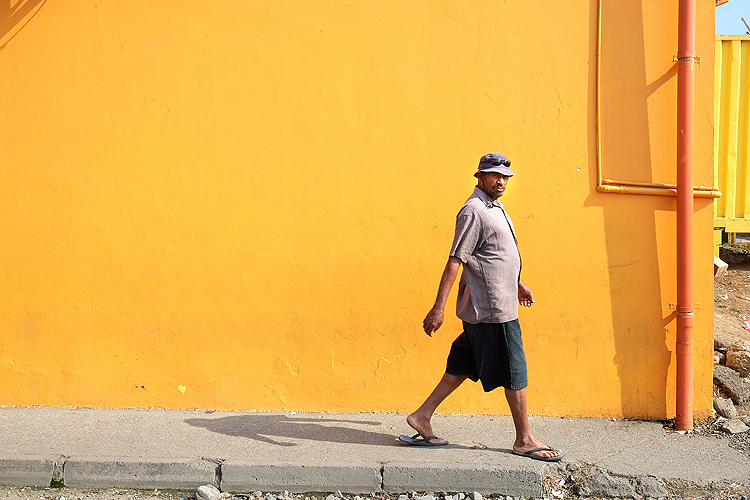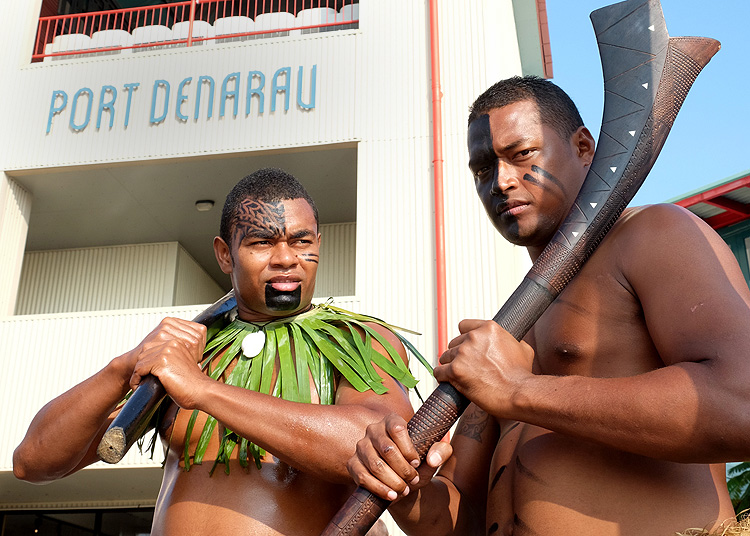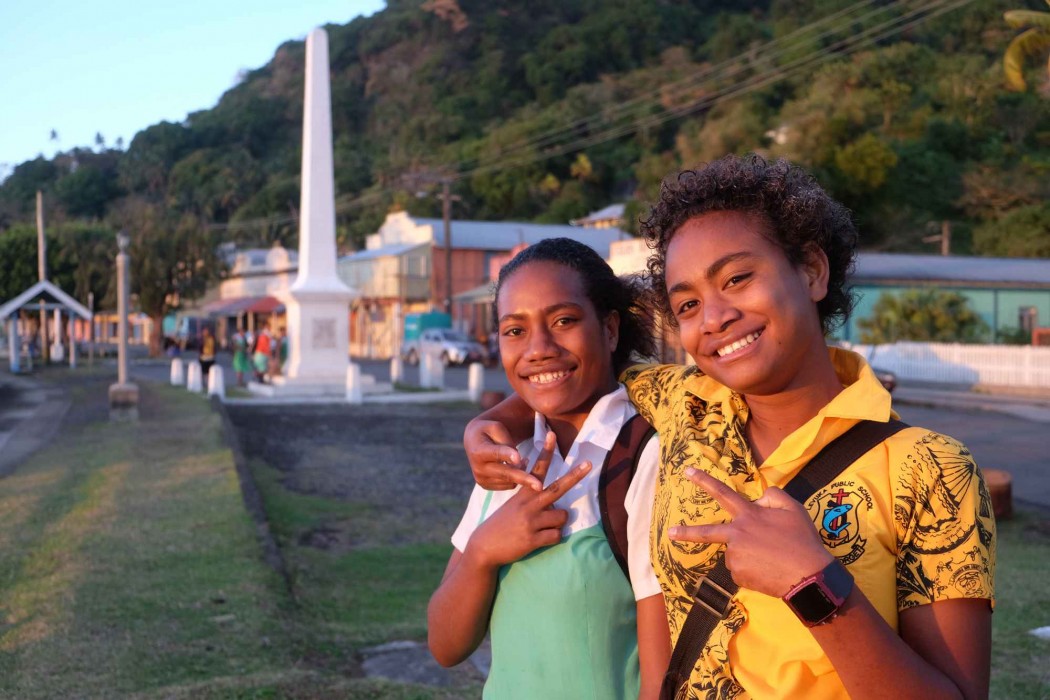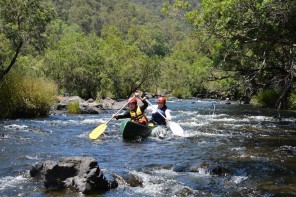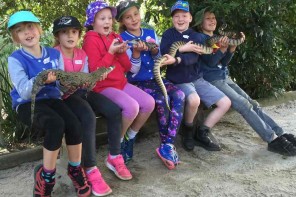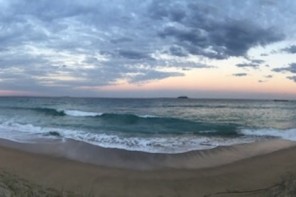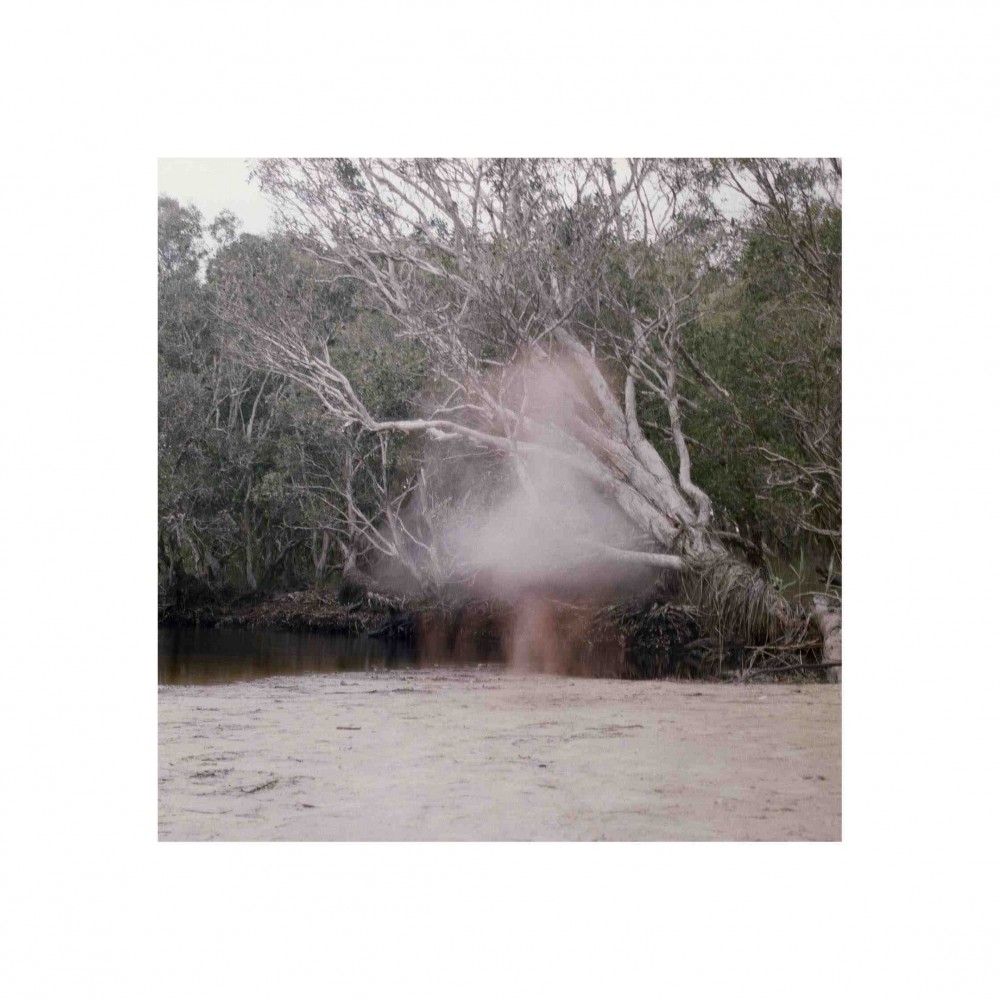Byron Bay photographer David Hancock recently spent a couple of weeks exploring the ‘other’ Fiji, the places away from the hustle and bustle of tourists. He found a physically beautiful landscape, and a warm welcome wherever he went…
“One place I went was the old capital of Levuka,” says Hancock. “The once thriving port was described to me as “ghost town” by a Fijian I met on the main island but there was something appealing and beautiful to be in this ramshackle old place which still had a vibrant Fijian and Indian community.” He snapped the shot of the young Fijian girls embracing one another in the early morning light.
While he in the old capital, he spotted the beautiful aqua colour of a typically modest Fijian villager’s home on the slopes above Levuka. Says Hancock: “The minimum wage in Fiji is $F2.50 and the land is 91% indigenous owned so the houses are almost universally modest in construction and often house a couple of families together – I loved the contrasting colours in this photograph.”
The pace in Fiji was slow and steady, Hancock says. “Life in Fiji’s old capital begins early but at a casual pace. The commercial section of town is World Heritage listed but renovation and re-construction proceeds as slowly as life proceeds there, which is not fast!”
For a photographer, it was a place of wonderful colour contrast – and Hancock made full use of it, snapping the yellow walls, the old barber shop, with its blue-washed façade, the harbour where a bleached local fisherman gave him the “thumbs up” as he left Port Denerau in Nadi. “The local population are almost always in great spirits,” says Hancock, “even though life is not always easy.”
In one photograph Jim Kai sits on the highest peak on Ovalau Island above the old capital. The 41 year-old cares for a family of five as a subsistence farmer. He fishes, traps pigs and grows crops including the yaqona plant which takes five years to mature before yielding roots big enough to be pounded into kava. Each plant will yield $40 so he hopes to reap around $30,000 after the crop is harvested. Says Hancock: “Jim is building himself a house but each piece of timber has to be carried by hand, each bag of cement, each piece of corrugated iron. New Zealand and Australian foreign aid have supplied him with a septic tank and he has dug a seepage drain and the beginnings of a very modest home are in place. The greatest advantages these people have are extraordinary goodwill toward each other and very few onerous conditions from local government – it’s a humbling place in which to travel surrounded as you are by people who relate to one another more with their hearts than their heads.”
David Hancock’s website is on: https://www.davidhancock.com.au/
Check out his Wild Byron book on: https://www.davidhancock.com.au/wildbyron.html

